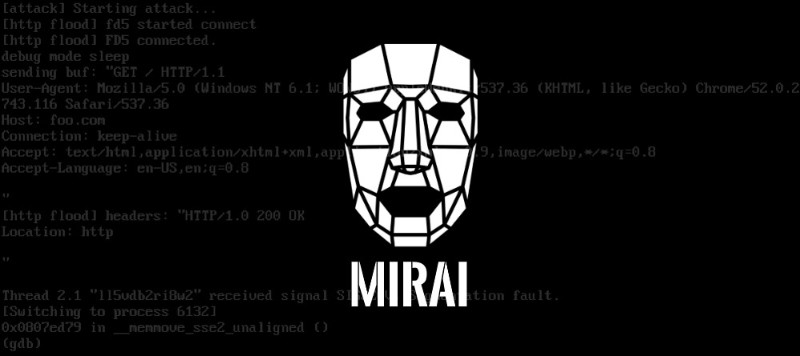Semalt: The Mirai (DDoS) Source Code And How To Defend Against It

After the development of the code used to carry out a huge hack online, Artem Abgarian, The Semalt Senior Customer Success Manager, believes that we are at the onset of a flood of other online attacks. The developers of the code designed it to target unprotected inter-connected devices. Such include cameras, routers, phones and other hackable devices. The code manipulates them and turns them into "auto bots", which then target websites with the intention of knocking them offline.
Web security analysts call the code "Mirai". It was behind the landmark attack on a security bloggers website called Krebs On Security. Brian Krebs is a security expert and veteran blogger. He highlighted the publication of the code which appeared in a hackers' forum last week.
In one of his articles, Krebs warned of the increased attacks on the Internet of Things (IoT) devices. Hackers, responsible for these attacks use these devices to bombard websites with requests, building enough traffic to overload the servers. With the inability to present all their visitors with the content they need, the website shuts off eventually.

Hackers have previously used DDoS attacks in the past to knock out websites. The UK is the second most targeted nation after the United States. 'DDoS attacks target specific machines, servers or websites. They are a series or network of "botnets" which work together to perform simple requests on a website. They ask for information simultaneously and bombard it to the point it overloads and becomes unable to function.
If a hacker manages to pinpoint a vulnerable device that connects to the internet. They can harness these vulnerabilities to enslave them to make contact with a central server. Unknown to the user, performing an attack using these devices increases its impact significantly.
In Krebs case, the DDoS attack swamped the Krebs on Security website with a total of 620 gigabytes of data by the second. It is more than enough traffic to take down many websites currently.
Brian Krebs, the owner, reported that the Mirai malware spreads to these vulnerable devices by crawling the internet in search of IoT devices protected by the default factory settings, or hard-coded usernames and passwords.
The origin and the owner of the code remain anonymous. However, the person that made the code post used the username "Anna-senpai". They claimed to have recruited and gained control of thousands of devices as their arsenal. In an online statement, the hacker said that the counter measures taken up by websites to clean up their acts had made a dent in the effectiveness of the malware. Even so, the code continues to recruit very many devices.

Thanks to Mirai malware, millions of vulnerable inter-connected devices stood vulnerable to the forced control by hackers and turned into botnets to target websites. In discussion with MailOnline, Tony Anscombe of Avast Security said that all devices serve as potential access points for hackers. It calls into question the manner in which manufacturers and users secure these devices.
One of the best ways users can secure their devices is to keep their devices up-to-date and remain on the lookout for any releases by manufacturers. Second, secure log in details with a username and password, separate from the default settings is a good way to keep these devices secure. Finally, users should make use of any security product, applicable to a device, that can help prevent attacks.